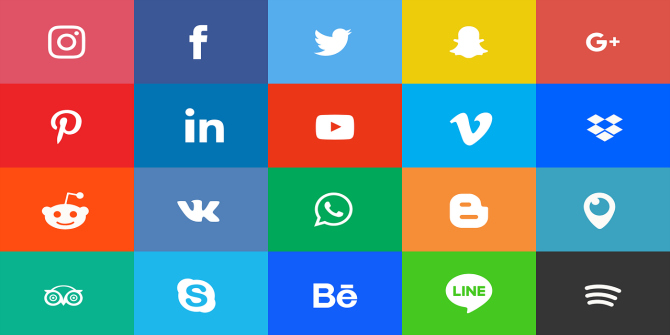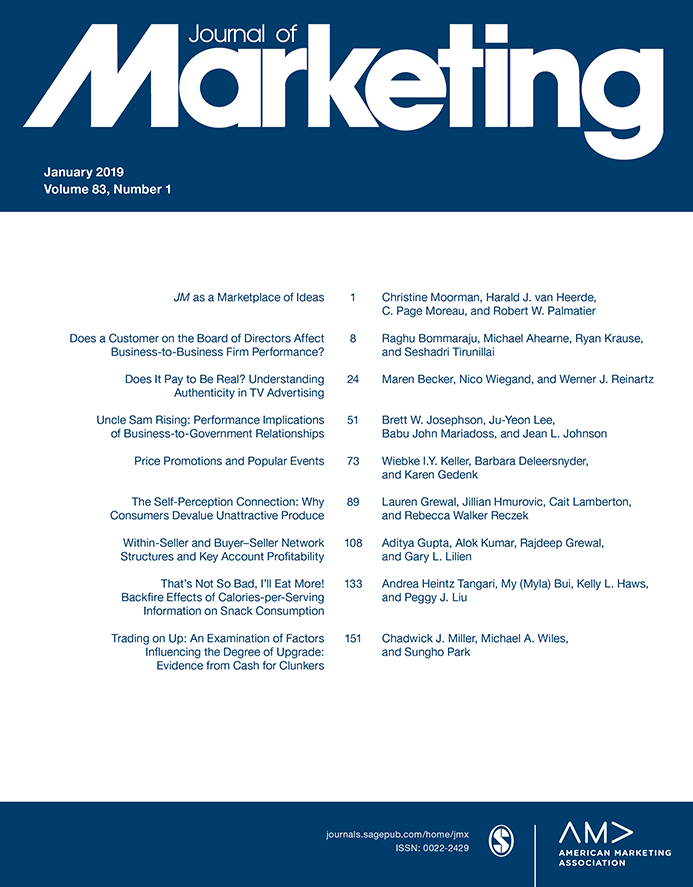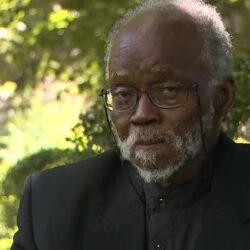Here Is the Science Behind Scheduling Social Media

Editor’s note: This article drawn from the American Marketing Association website nicely demonstrates the impact of social science research on a common communications question and is directly applicable to your own science communications efforts. It is reposted here with permission.
Reaching customers has never been easier – or more challenging. Today’s customers are digitally wired and use social media platforms such as Facebook, Instagram, and Twitter to connect with friends, family, colleagues, influencers … and brands. In 2017, users consumed about 5.53 billion hours per day of social media content, up by 264 percent in the past five years. It’s no wonder that online ad-supported content platforms maintain a significant presence on social media. CNN, for example, posts around 47 Tweets per day. In the U.S., firms are expected to spend more than $37 billion on social media advertising by 2020.

Vamsi Kanuri, Yixing Chen, and Shrihari Sridhar, “Scheduling Content on Social Media: Theory, Evidence and Application,” Journal of Marketing, 84 (November).
Developing strategic social media schedules enables content platforms to generate traffic to their own websites, grow their audiences, and increase their online advertising revenues from impressions channeled through link clicks of social media posts. That’s a difficult challenge, however: the average engagement with a Facebook post is 0.16 percent; with Instagram, 1.73 percent; and Twitter, 0.046 percent. A new study in the Journal of Marketing — read the original paper here –seeks to boost social media profitability by providing managers with the tools they need to fine-tune scheduling to their goals.
Content platforms need to consider issues such as when to post content, how much content to post, and how much to spend on targeted content advertising (TCA). While social media is integral to brands’ digital growth, there is little research literature to guide managers’ scheduling strategies. A social media manager charged with posting 10 stories in one day with a budget to promote four of them can position the posts in more than seven trillion ways. While existing software can help with automating the publishing of messages on multiple social media platforms, it does not address optimal scheduling of posts for a social media platform and budgeting for targeted content advertising.
Our research team drew from literature on circadian rhythms in information processing capabilities to build a novel theoretical framework on social media scheduling and explain how scheduling attributes affect the link clicks metric. We hypothesized that most users’ working memory availability would be highest in the morning, lowest in mid-afternoon, and moderate in the evening and that their desire to engage with content would follow the same pattern. We also hypothesized that the use of TCA and content type (such as content with high-arousal emotions or content requiring high cognitive processing) would differentially affect link clicks by time of day.
We tested our hypothesis using a model based on 366 days of Facebook post data from a top-50 U.S. newspaper, totaling 5,706 posts. We also built an algorithm that allows social media managers to optimally plan social media content schedules and maximize gross profits.
Our study findings suggest that online ad-supported content platforms such as CNN, ESPN, and Wall Street Journal can significantly enhance their profits by posting content that follows the biological responses of their audiences’ sleep-wake cycles and help them target content types to when the audience is most naturally receptive to it.
Key findings include:
- We reaffirm commonly held wisdom that time of day is crucial to engagement. For example, posting content in the morning resulted in an 8.8 percent increase in link clicks over posts scheduled for the afternoon and 11.1 increase over those scheduled in the evening.
- The algorithm demonstrates the impact of time of day, TCA, and content type on link clicks and how these variables interact. For example, we demonstrate that employing TCA in the afternoon generates 21 percent more link clicks than doing so in the morning. TCA at night decreases link clicks by 9.7 percent, leading to advertising losses.
- Posting content that contains high-arousal negative emotions in the morning is 1.6 percent more effective at generating link clicks than posting it in the afternoon or evening.
- We present a novel optimizer that works as a decision-support tool for social media managers to help them schedule content on social media more profitability. For example, simply arranging posts without allocating additional budget for TCA can help the firm increase gross profits by 8 percent.
Our research will help managers optimize their companies’ social media strategies by making posting decisions based on brain science as opposed to “spray and pray” techniques or arbitrary rules of thumb. About 73 percent of the managers we interviewed were interested in using this tool to improve scheduling effectiveness.
In addition, this research can help these managers make a case for targeted advertising investments and then allocate budgets effectively across multiple initiatives, using data to drive profitability. Given that companies are increasingly running analytics-driven businesses, these metrics and tools can help win approval for strategies, defend budgets, and deliver on commitments.































































































